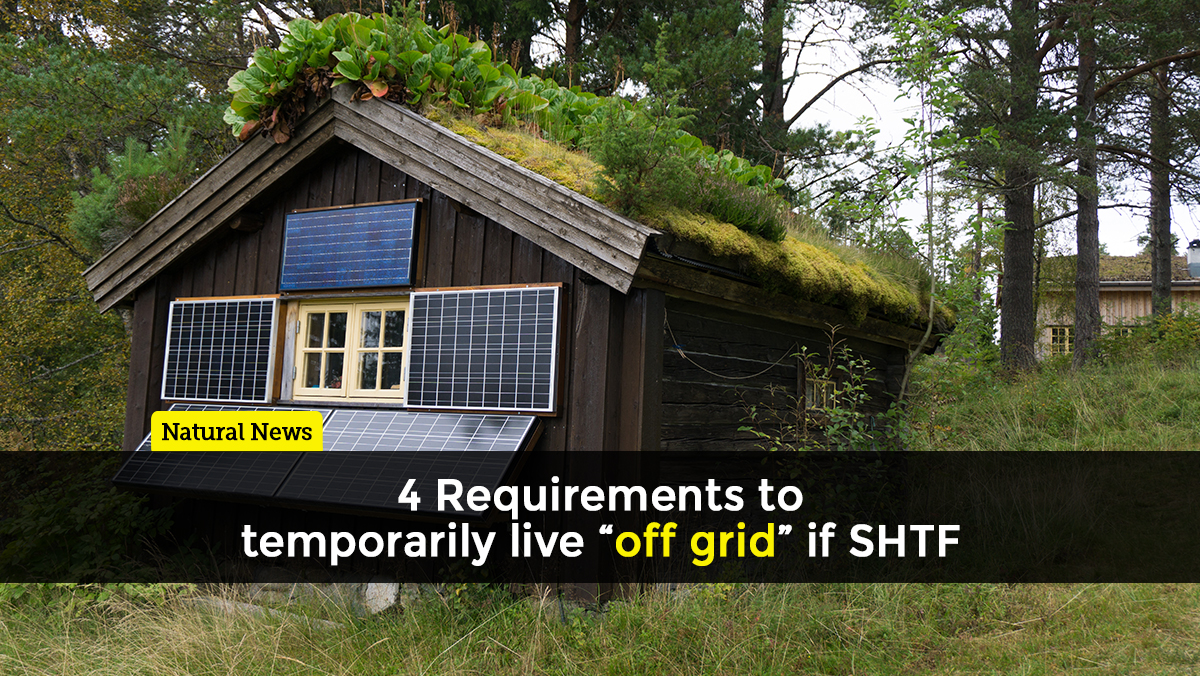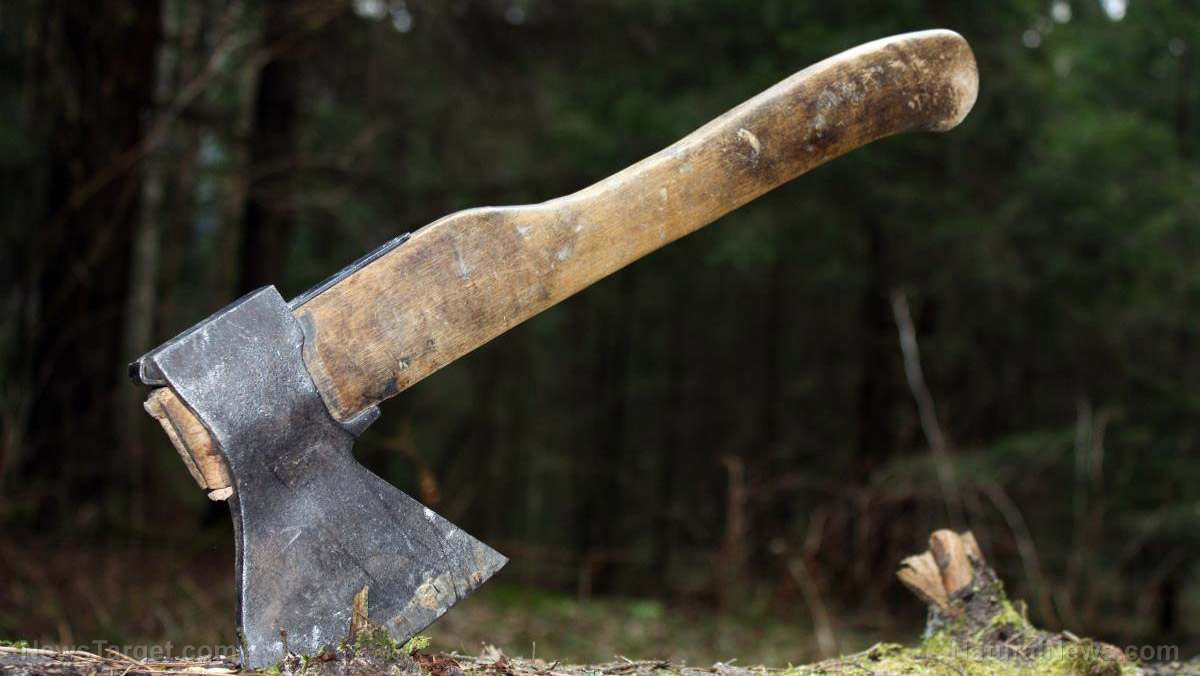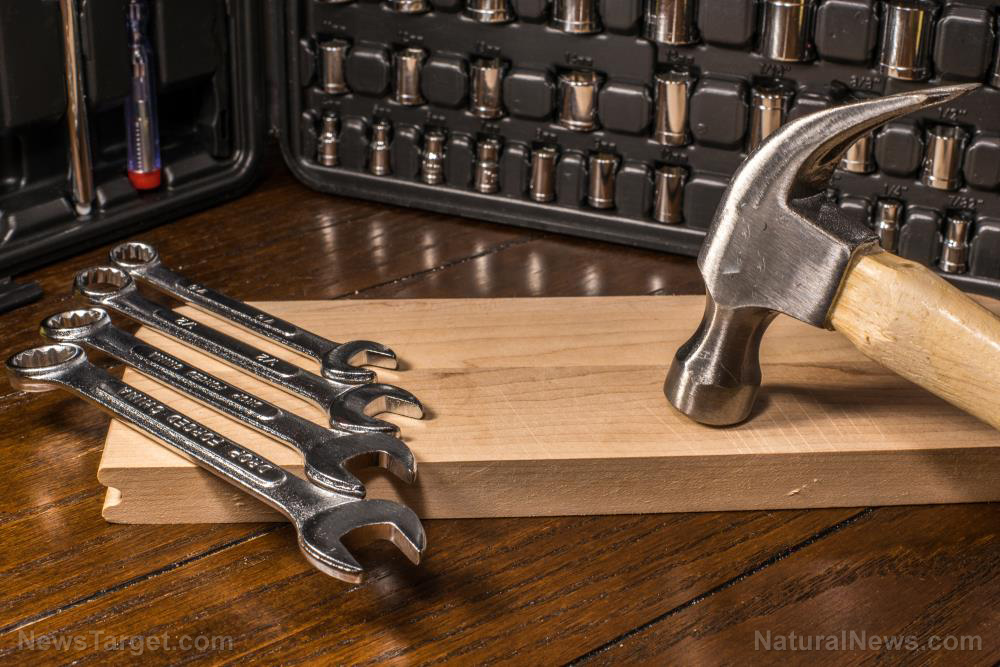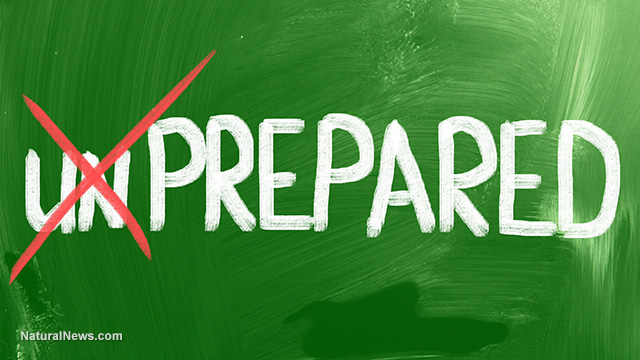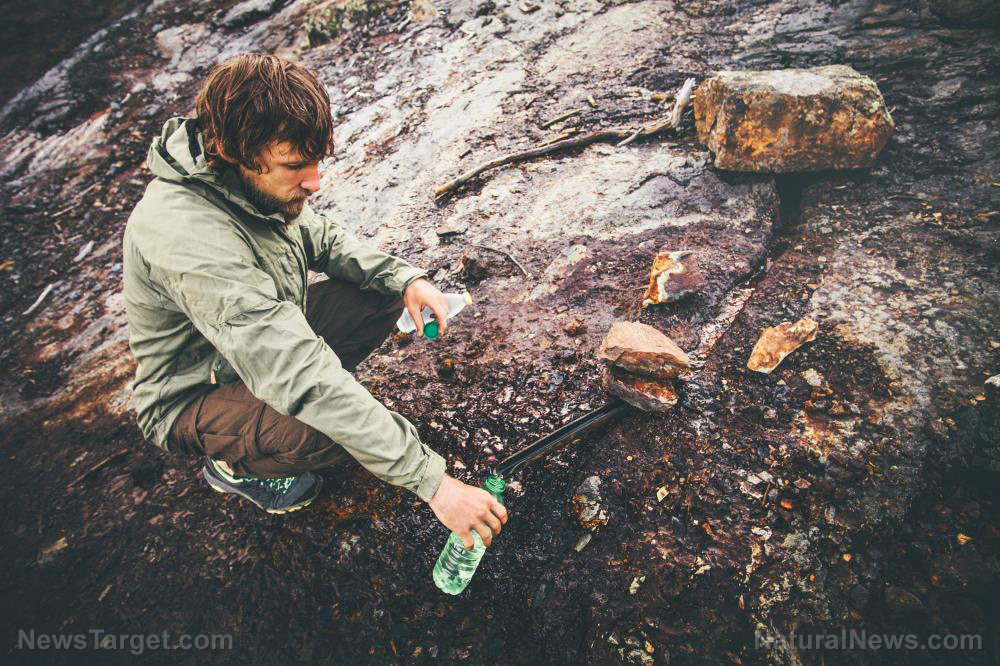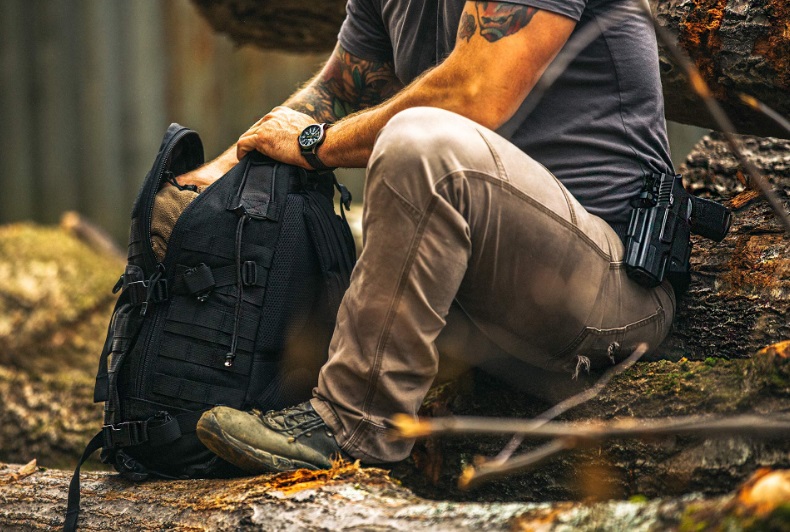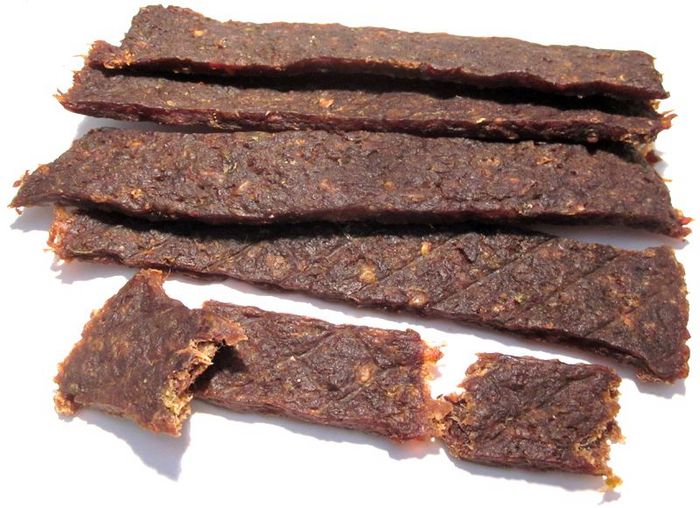Prepping basics: How to start a fire when all you have is wet wood
11/15/2018 / By Mary Miller
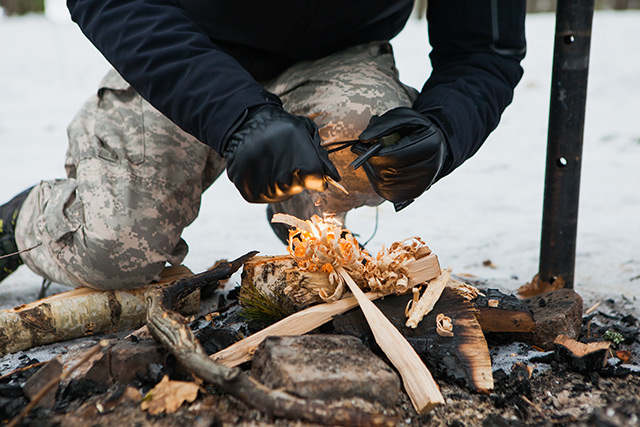
Preppers should be ready for any situation, whether going on a simple camping trip or traversing the wilderness miles away from civilization. One of the most basic and crucial skills that any prepper needs to know is how to start a fire. A fire serves many uses including keeping you warm, cooking your food, making water safe to drink, protecting you from hypothermia and wild animals, and signaling your presence to other people. When SHTF, knowing this valuable skill might mean the difference between life and death. The bushcraft skill of fire-making is easy when you have a supply of dry wood or kindling, but what are you to do if all you have is a drenched pile of wood? The answer is that you survive and improvise like a prepper. Follow this easy guide to starting a fire, and you’ll be warm and toasty in no time. (h/t to MDCreekMore.com.)
Bug-out bag
Do you have a well-stocked bug-out bag? Of course, you do. Ideally, you should have a box of matches or a lighter with you. If you don’t have either, you should at least have flint and steel, such as your survival knife. Your knife can also come in handy for fraying kindling to make feather sticks. Using flint and steel is the easiest of all the bushcraft fire starting methods. Practice striking the steel against the flint with a loose wrist. Next, you will need tinder in your bug-out bag. The tinder will help you ignite the kindling with the sparks that fly from your flint. Tinder can come in the form of petroleum jelly-soaked cotton balls; wax coated wooden chopsticks; paper or wood chippings; dryer lint or any small but highly flammable items. Lastly, you will need tools for chopping wood, such as an ax. Your knife can be used to shave branches but it just won’t cut it when it comes to splitting wood. Even damp logs tend to have very dry inner cores, so splitting them in half lengthwise will make it easier to burn. (Related: PREPPING 101: Top 11 ways to start a fire.)
Ideal fire making spot
You don’t want to start a fire someplace damp or else building a flame will be impossible. Grab a large stick and use it to dig away at the wet soil, exposing the dryer soil beneath it. Remove the layers of damp soil to create a dry basin. For added protection, make sure the spot where you start your fire has some overhead cover.
Proper kindling
You will need flammable kindling, or your fire will never light. Beneath large evergreen and pine trees, you can often find dead branches still attached to the base of the tree. Cut off these branches with your knife or ax and peel away the outer layers until you reach the dry inner part. Dead pine needles and dry bark make for good tinder, while dead pine cones can be used for great kindling as they burn quite hot.
Setting up your fire
To set up your fire, arrange the kindling in the style of either a log cabin or a teepee. You can do this by forming a box or roofless “cabin” with the kindling, or you can lean the sticks against each other like a teepee. The teepee method allows heat to rise more naturally, following the shape of the kindling. This is also why you should light your fire from the bottom up, instead of starting at the top.
Actual ignition
If there is wind, find the side it is blowing into and light the fire from there. The breeze can help move the fire around the kindling instead of away. Place the tinder inside the arranged kindling. Create sparks over the tinder by striking your steel knife against your flint. Blow on these sparks to help the tinder ignite.
Maintaining your fire
If you don’t feed your fire, it will go out and you will have to start from the beginning. Throw only dry logs into the fire. Your wet logs will do no good and might even smother the flame. If you only have wet wood with you, remember to first split them in half first to expose the dry inner core.
Learn more on how to survive when SHTF by reading more articles at Survival.news.
Sources include:
Tagged Under: bug out, bug out bag, building a fire, bushcraft skills, emergencies, emergency preparedness, fire, firemaking, firestarting, how to start a fire, kindling, multipurpose survival tools, off grid, outdoors, preparedness, preparedness and survival, prepper, prepping, prepping tips, self sufficiency, self-defense, self-reliance, self-sustainability, SHTF, survival, survival gear, survival skills, Survival Tips, survival tools, survivalist, tinder, wet wood




